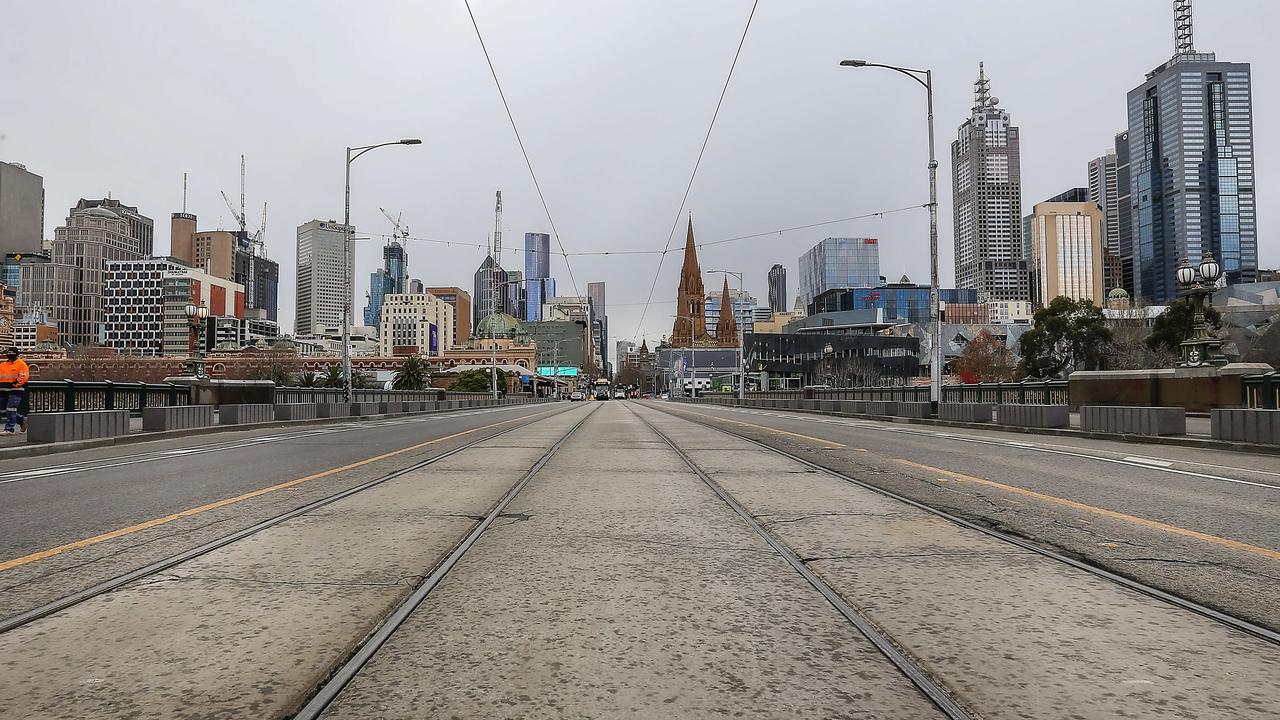There’s no escaping the fear factor as the 2019 federal election battle heats up early
Both major parties will try to frighten voters as we get closer to this year’s election day, writes Shaun Carney.
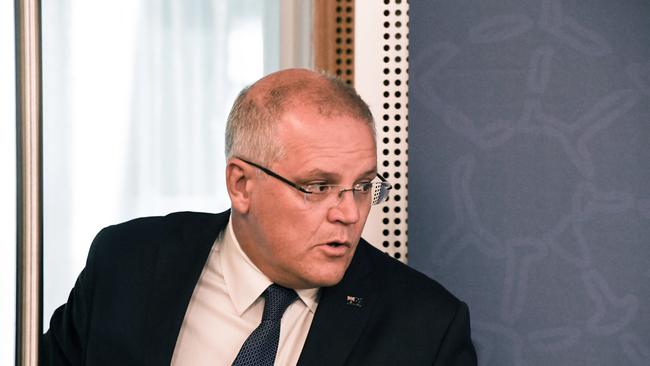
Opinion
Don't miss out on the headlines from Opinion. Followed categories will be added to My News.
Here we are only six weeks into the year and already I have to post a correction. In a recent column I wrote that the starter’s gun for the May 2019 election campaign would be fired on April 2, when the federal budget is to handed down. I was wrong.
The starter’s already fired off the shot. Anyone watching free-to-air TV on Sunday night would have gleaned that, with the Liberals running out attack ads warning citizens about Labor’s “housing tax”.
And then there was Prime Minister Scott Morrison’s first speech as PM to the National Press Club ahead of today’s resumption of parliament. He pulled together every awful and frightening incident and issue within reach, from street crime to cyber bullying to domestic violence to border security and terrorism, under the umbrella of keeping Australia safe.
MORE FROM SHAUN CARNEY
BANKING SCANDAL YEARS IN THE MAKING
IT’S TIME FOR LIBS TO EMBRACE QUOTAS
That follows the government’s use of the House Economics Committee as a rolling campaign roadshow in recent weeks, inviting all and sundry to come out to protest against the ALP’s policy to stop giving tax refunds to self-funded retirees who don’t pay tax.
And that’s just the start. This election campaign will be long and it will be deep. Why deep? Because there will be the traditional campaign that we see in the mainstream media, built around announcements, glib slogans, the eight-word “grab” for the nightly news, stunts and picture opportunities. That will be the surface campaign, aimed mostly at Australians who are middle-aged and older. They’re largely, but not exclusively, the ones who continue to rely on pre-digital news outlets for their political information.
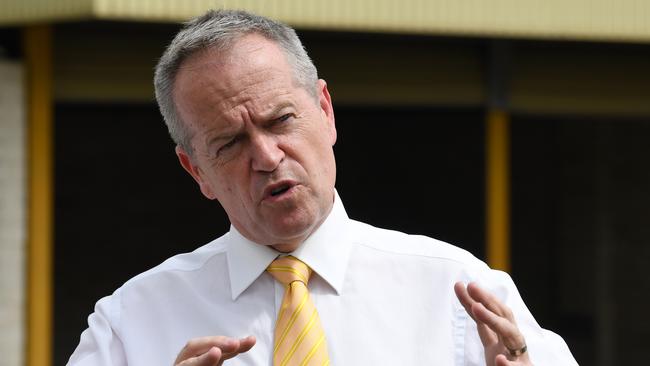
There’ll also be a parallel campaign that takes place on social and foreign language media, on our phones, in the local shopping strips and on the doorsteps and in workplaces and community groups. Because that deeper campaign will target individuals and smaller groups of people, it will be harder for those of us in the conventional media to read and monitor.
In fact, it’s possible that the surface campaign will appear to be going in one direction while the other campaign will be going in another. A good example of this is the portrayal of Labor’s franking credits policy.
The policy was announced early last year and hasn’t hurt the ALP in any of the by-elections that came after the announcement. But with some help from Liberal-connected individuals and businessmen who profit from the existing arrangements, an apparent groundswell of opposition to the Labor proposal has found its way into the media in the past month. The House Economics Committee chaired by Victorian MP Tim Wilson has been set up as the forum for angry retirees to vent and these tales of woe have been duly reproduced in news services. Sure enough, as a result some tut-tutting commentary has started to surface, suggesting the ALP should think again because it’s on an electoral loser. But is that all that’s going on?
Sure, hundreds of furrow-browed, comfortable white 60+ men can be seen on TV news bulletins raging against the policy. But what about the much larger number of Australians who won’t ever be able to access that particular bit of free public money? We don’t hear from them.
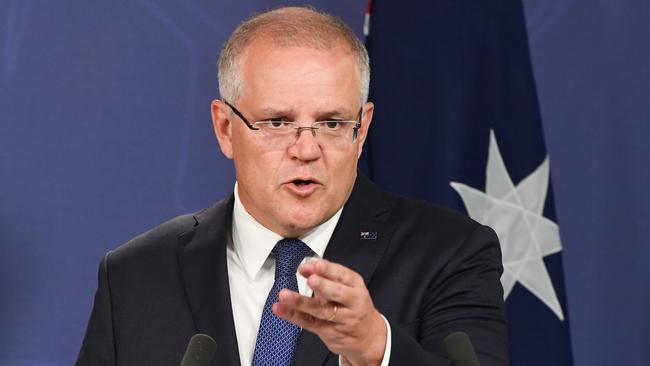
If some of the $5 billion a year that the rebates cost the taxpayer can be redirected to them and their families, they could well be happy about the Labor policy. The deeper on-the-ground campaign — conducted off the grid, as it were — is where that counterargument defending the Labor proposal would be made.
It’s clear even at this early stage that the government is going to run on negatives. Having had the fright of their lives in the 2016 election when Malcolm Turnbull ran a similarly long campaign but refused to commit fully to negative tactics, leading figures all the way up the Prime Minister have no qualms about engaging in a fully negative campaign.
They’ll be showering voters with money and reassurances about the health of the economy to get the “positive” stuff out of the way, but the real focus will be on negativity and sustained attacks on the Labor leader Bill Shorten. That’s the government’s only real hope, given that the polls keep telling us that it has to shift three per cent of voters just to give itself a chance of being in the contest. It’s a big number.
They’re looking to repeat 1993, when Paul Keating, like Morrison an unelected PM, ran the mother of all scare campaigns against John Hewson’s plan for an overhaul of taxation centring on a GST. In a recession-hit economy, Keating prevailed. That’s why Labor’s mild proposals for changes to the treatment of franking credits, negative gearing and the treatment of capital gains have been labelled a retiree tax and a housing tax.
In truth, they’re not taxes at all.
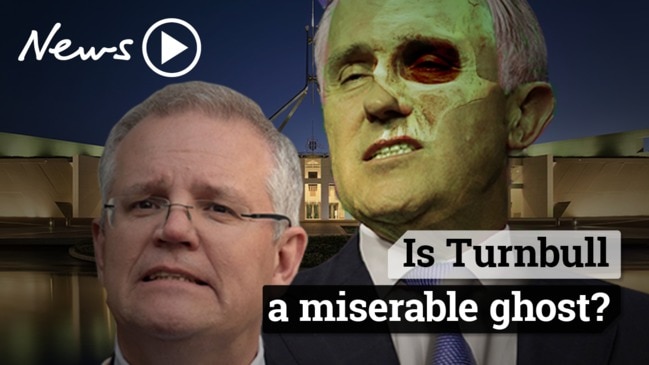
The government can’t afford to leave any issue unmolested. It knows, as Labor does, that a large proportion of Australians, especially those under 40, feel unrewarded and unfairly treated by the modern economy, with property still too expensive and real incomes that won’t grow no matter how hard they work.
Labor’s campaigning has relied on fear too, capitalising on those grievances. The government has to outdo Labor on the fear front. Its subliminal message will be “if you think things aren’t all that great for you now, they’ll be much worse under Shorten”.
Makes you proud, doesn’t it?
Shaun Carney is a Herald Sun columnist.


